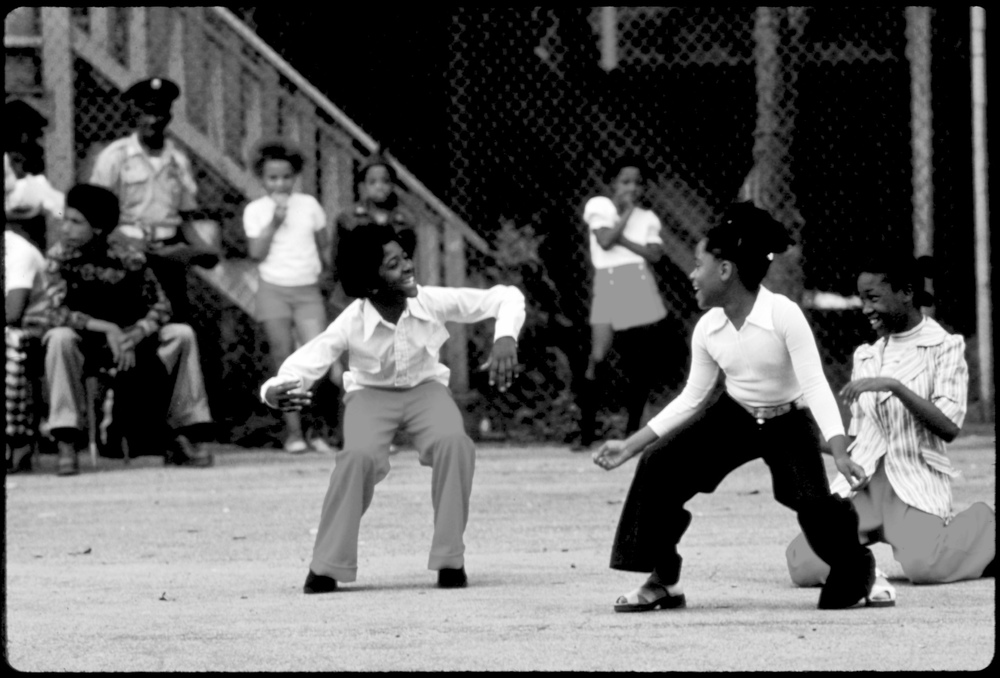 If there's one thing that local government are trying to connect with it's the thorny problem of how you get people interested in how their money is spent. The sums can be big. The impact of cuts can be even bigger. Here's one answer.
If there's one thing that local government are trying to connect with it's the thorny problem of how you get people interested in how their money is spent. The sums can be big. The impact of cuts can be even bigger. Here's one answer.For most of us budgeting means balancing our monthly income and outgoings to ensure the bills are covered.
But even then, you never know when the washing machine might go kaput, or the MOT reveals more than you’d like; it can be a juggling act.
So, while most of us can get just about our heads around the topsy-turvy costs of living, how would we cope if asked to make decisions about budgets worth millions?
And not just that, the decisions we make would affect the lives of hundreds of thousands of people. Frightening responsibility, I’d say.
Local authorities across Britain are grappling with that task now as they think about setting their annual budgets. And being democratically-elected bodies, they will look for ways to involve their citizens so the final outcome rightly reflects the views of people and communities.
Budget consultations are a tricky business. Getting residents engaged in decision-making involving massive numbers, complex services and the potential impact of making certain choices is a difficult one to get right. How do you do it? How do you make decision making feel real? How do you reach all of your diverse communities and involve them? How do you use feedback so that it adds meaningfully to decision-making?
At Camden Council, they have produced a short film that uses infographics and animation to describe the challenge of budget setting. In Camden’s case, the conundrum is finding £70 million of cuts and savings in four years, something that will resonate with lots of councils across the country.
It’s clever, informative and honest about the scale of the job. Set against a jazzy soundtrack, it summarises the financial challenge, answering common questions in plain language, and sets out how residents can get involved in supporting the council to make the right choices.
Inevitably, there has been criticism: how can you spend money making a film that asks residents to consider ways the council can slash its spending? (Critics haven’t said what they would do instead.)
Camden’s communicators clearly know the dilemma and have found a creative way of coming at it. Film is a powerful, but under-used media in local government, and animation hardly gets a look in. But this is a good example of how it can be effective. It’s easy to digest and has huge reach potentially. By posting the film on YouTube, and creating a hashtag to facilitate social media conversations, Camden has opened up the issue to groups who may not necessarily engage when it comes to budgets.
So I applaud Camden Council for their approach and wish them well with their budget challenge film. It’s already received more than 1,000 views on You Tube and that justifies its worth.
